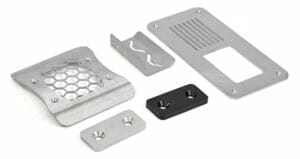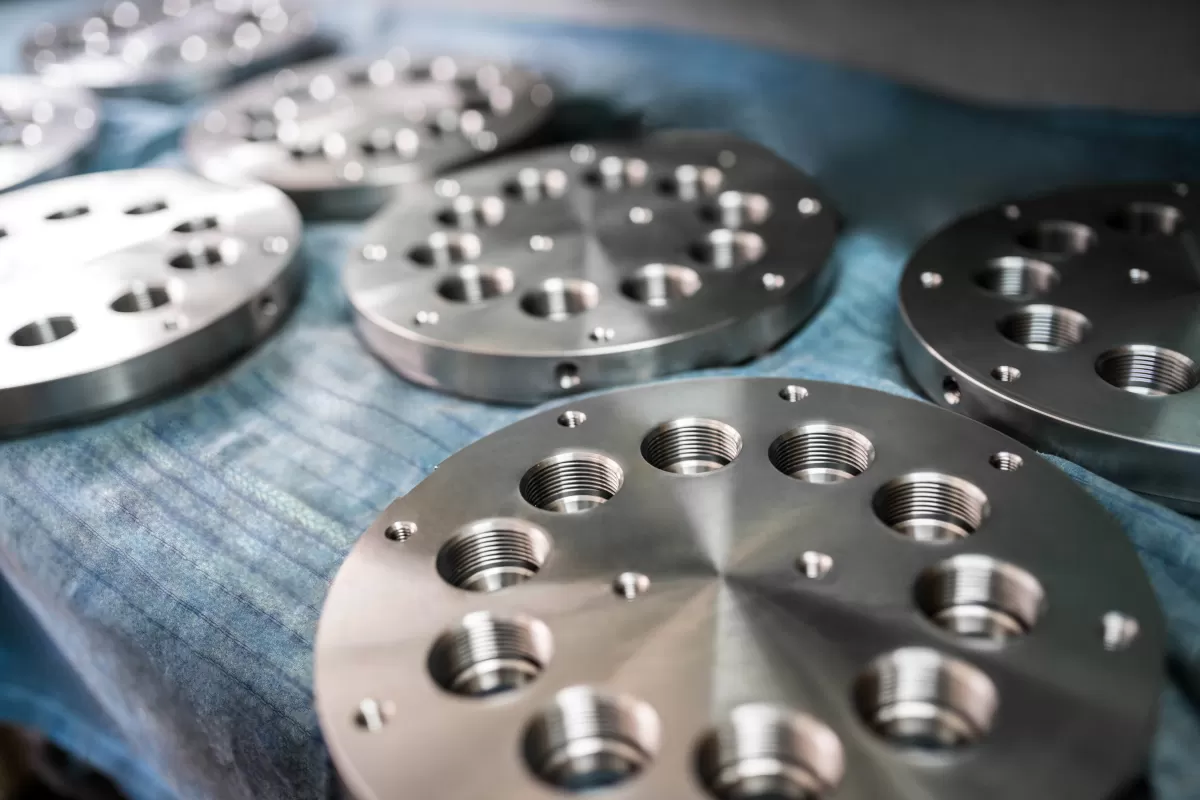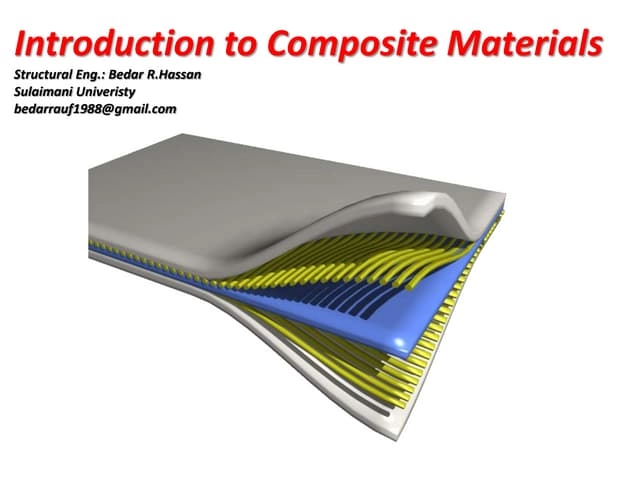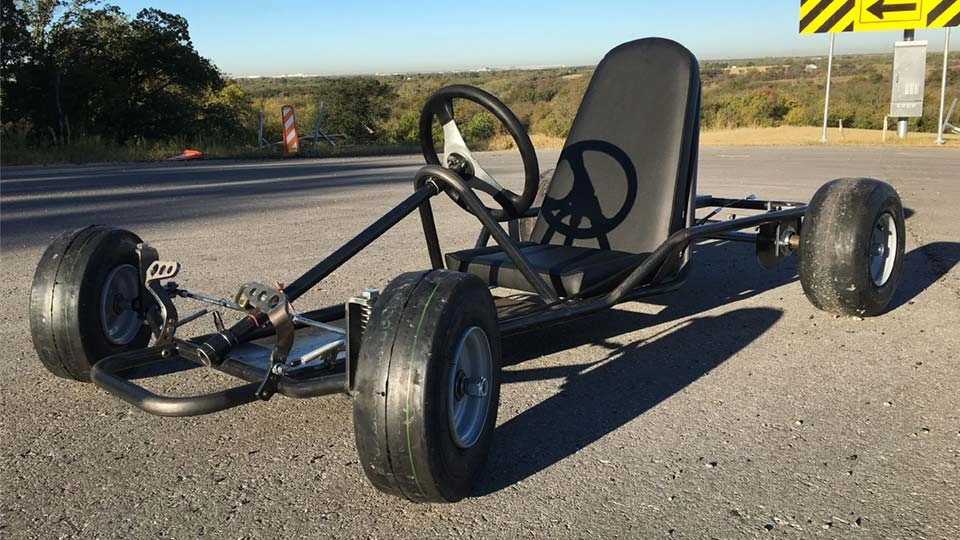Understanding the Tapping Process
Are you wondering what tapping really means and why it matters in part assembly? Tapping is the process of cutting internal threads into a pre-drilled hole so screws or bolts can securely fasten parts together. It’s a crucial step in manufacturing that ensures strong, reliable connections between components.
There are two main types of tapping: manual tapping, where an operator uses hand tools, and CNC machine tapping, which uses computer-controlled machines. CNC tapping is faster, more precise, and ideal for high-volume production or complex parts.
Tapping is used across many industries like automotive, aerospace, and electronics. Anywhere you need strong, threaded connections, tapping plays a key role — from engine parts and airframes to circuit boards.
Well-designed tapped parts offer several benefits: they improve mechanical integrity by creating solid joints, increase durability so parts last longer, and provide flexibility in assembly options. Getting tapping right means better performance and fewer issues down the line.
Key Design Considerations for Tapping

When designing parts for tapping, getting the hole size and specifications right is critical. The hole diameter directly affects thread engagement and overall strength. Use thread sizing charts—both imperial and metric—to pick the correct hole size. For most projects, aiming for 50% to 75% thread engagement balances strength and ease of threading. Keep in mind, CNC laser cutting tolerances can slightly change hole sizes, so plan accordingly.
Thread engagement is the heart of a strong connection. Typically, 50% to 75% engagement works best for most materials. Too little engagement weakens the joint, while too much can make tapping difficult and risk tool breakage. Finding that balance keeps your parts reliable and your tools lasting longer.
Material selection also plays a big role. Aluminum is softer and can strip easily, so handle it with care. Steel’s hardness allows for tighter tolerances and stronger threads. For plastics, consider using heat-set inserts to improve durability, since threads in plastics alone might wear out quickly. As a rule of thumb, material thickness should be at least 1/8” for metals to hold proper threads.
Choosing the right tap type is another key step:
- Taper taps: Great for starting threads smoothly.
- Plug taps: Ideal for through holes with easy threading.
- Bottoming taps: Best for blind holes, reaching close to the bottom.
- Spiral flute and spiral point taps: Used depending on chip flow and hole type.
- Pipe taps: Designed for pressure-tight joints, common in plumbing parts.
Understanding these basics will help you design parts ready for CNC tapping with strength and precision.
Best Practices for Designing Parts for Tapping
When designing parts for tapping, getting the basics right makes a big difference in thread quality and durability. Here’s what I suggest:
-
Keep holes properly aligned and perpendicular
Misaligned tapped holes cause thread damage and weaken the connection. Make sure your holes are square to the surface for smooth tapping.
-
Use cutting fluid during tapping
Applying cutting fluid cuts down friction and tool wear. This helps your tap last longer and creates cleaner threads.
-
Design for manufacturability
Avoid very thin walls or complicated shapes near tapped holes. These can cause warping or tap breakage during CNC tapping.
-
Add clearance holes and countersinking where needed
Clearance holes help with proper fastener fit, and countersinking lets screws sit flush or recessed. These small changes improve assembly ease and overall strength.
-
Test with prototypes
Always validate your design with prototypes. Testing helps catch issues with thread engagement, alignment, or material behavior before full production.
Following these simple steps will help ensure your parts tap reliably and hold up well in real-world use. It’s a smart move for anyone working with CNC tapping services or designing parts meant for threaded connections.
Common Mistakes to Avoid in Designing Parts for Tapping
When designing parts for tapping, avoiding these common errors will save you time and prevent costly mistakes:
-
Incorrect hole sizing
Using the wrong hole diameter can cause weak threads or even break taps during machining. Always check hole sizing charts for both imperial and metric threads to get it right.
-
Ignoring material properties
Different materials behave differently when tapped. Soft metals like aluminum can strip easily, while plastics might need heat-set inserts. Not considering this can weaken your threads or damage the part.
-
Overlooking thread pitch and engagement
Thread pitch and the amount of thread engagement directly affect connection strength. Skipping this step risks poor mechanical integrity or excessive tool wear.
-
Failing to account for CNC machining tolerances
CNC machines have specific tolerances that can affect hole accuracy. Not planning for this can cause misaligned threads or fit issues.
-
Neglecting post-tapping inspection
Skipping inspection after tapping can let thread defects go unnoticed. Checking thread quality ensures durability and reliable assembly.
By keeping these points in mind, you can design parts that work smoothly with CNC tapping services and hold up well in the field.
How HYCNC Enhances Your Tapping Projects
At HYCNC, we specialize in CNC tapping services that deliver precision and reliability for your tapped parts. Our advanced CNC machining ensures consistent, high-quality threads every time, reducing rework and boosting your product’s mechanical integrity.
We know speed matters, so we offer instant quoting and fast turnaround to keep your projects on track. Whether you need standard tapped holes or custom thread engagement designs, our team supports a wide range of materials, from aluminum and steel to plastics with heat-set inserts.
Got a unique part or specific material? HYCNC provides expert consultation to help you design parts optimized for tapping and CNC machining. Reach out today to see how we can take your tapping projects to the next level with precision and efficiency tailored to your needs.




